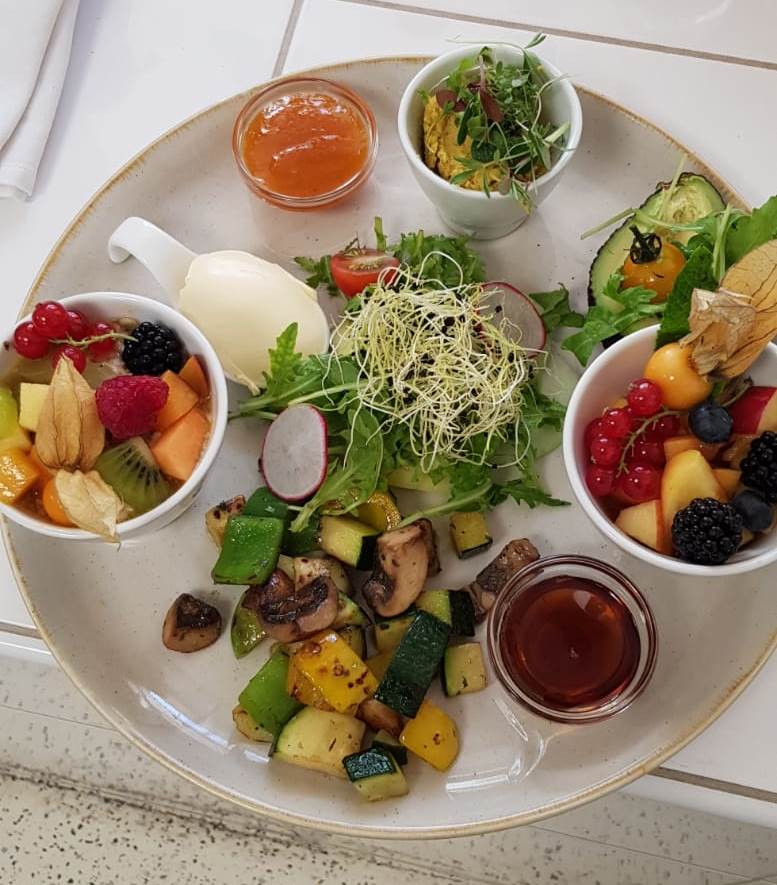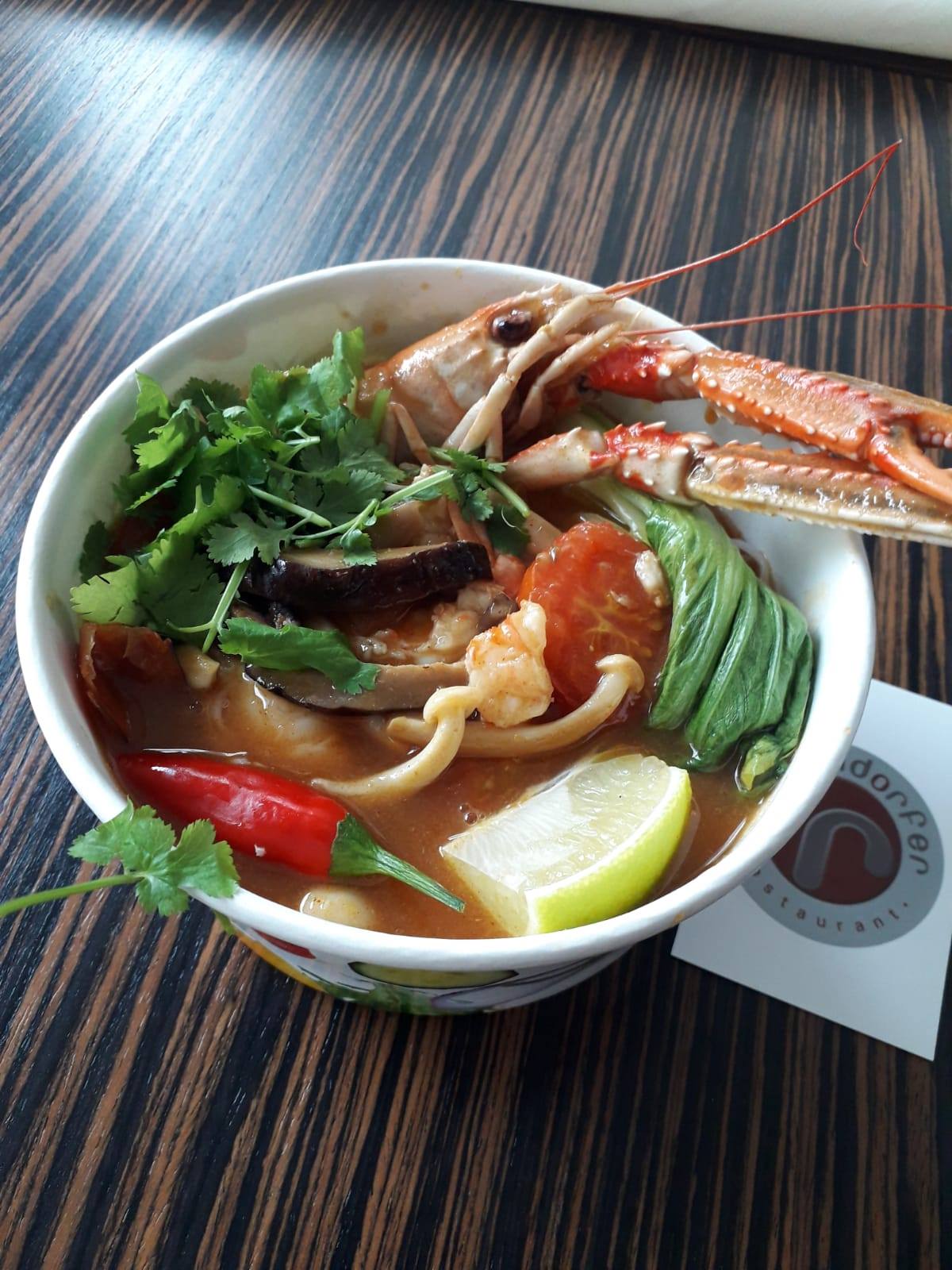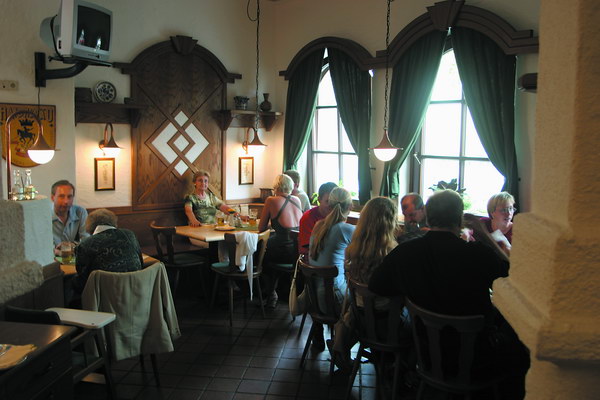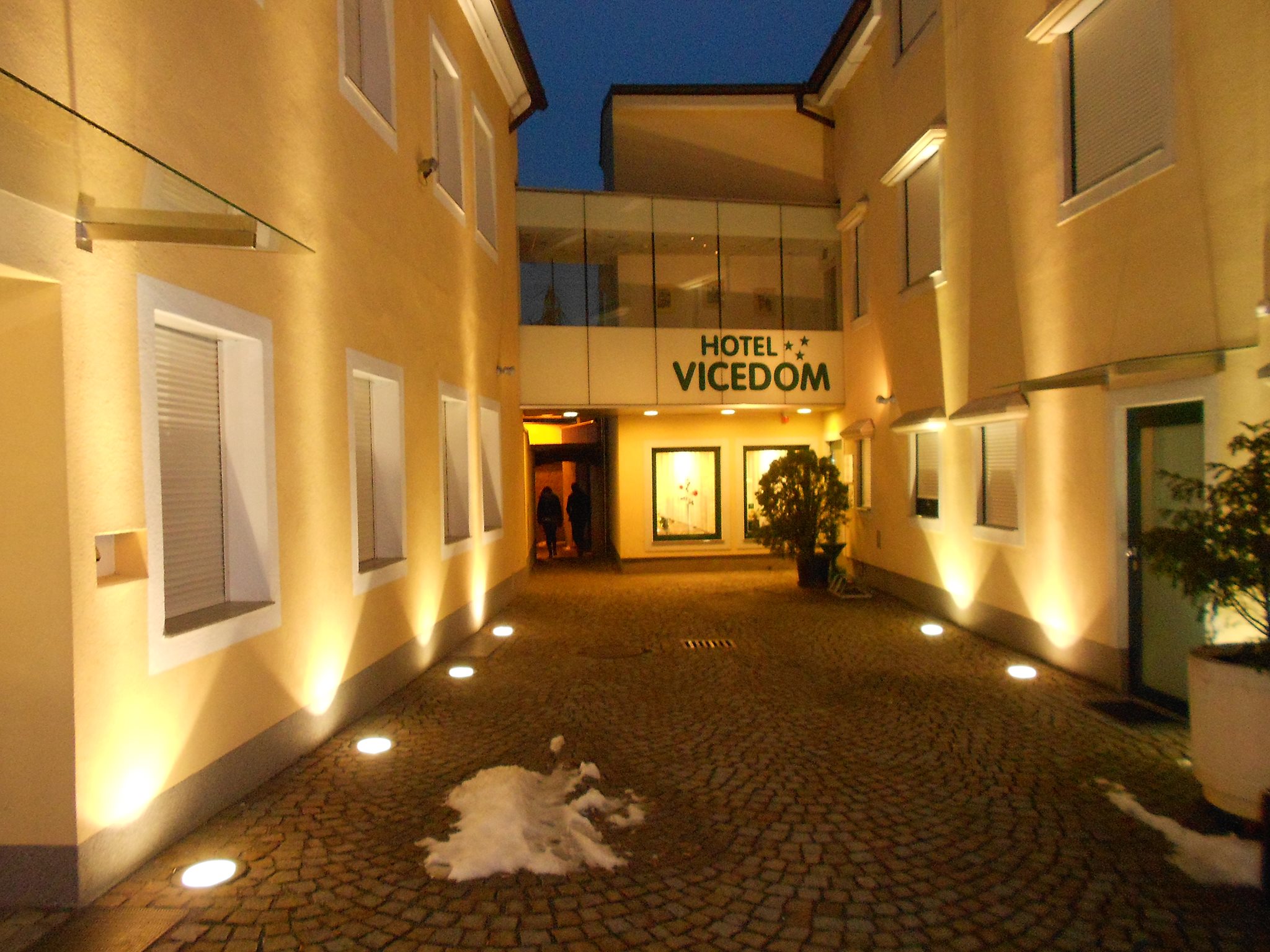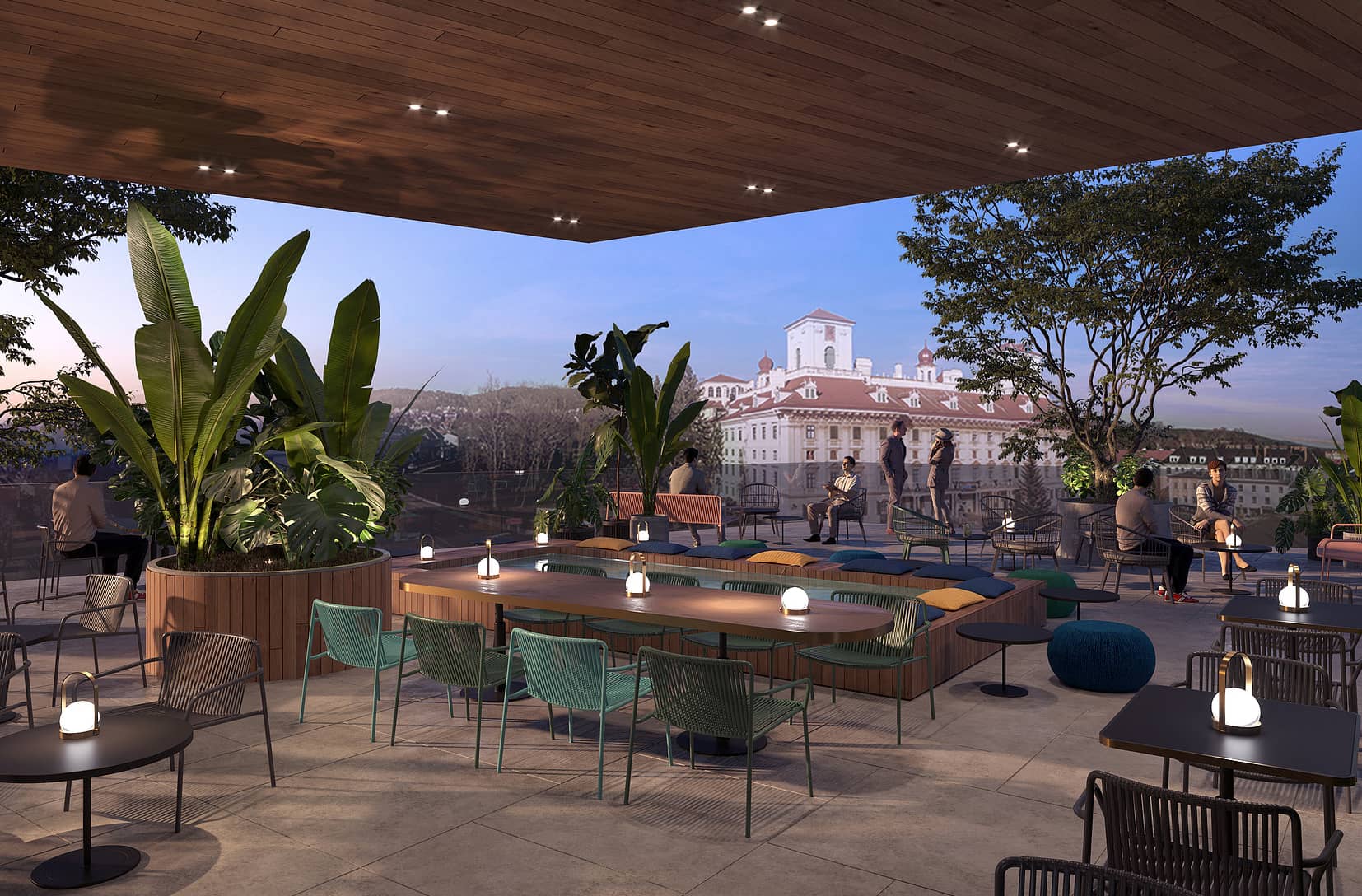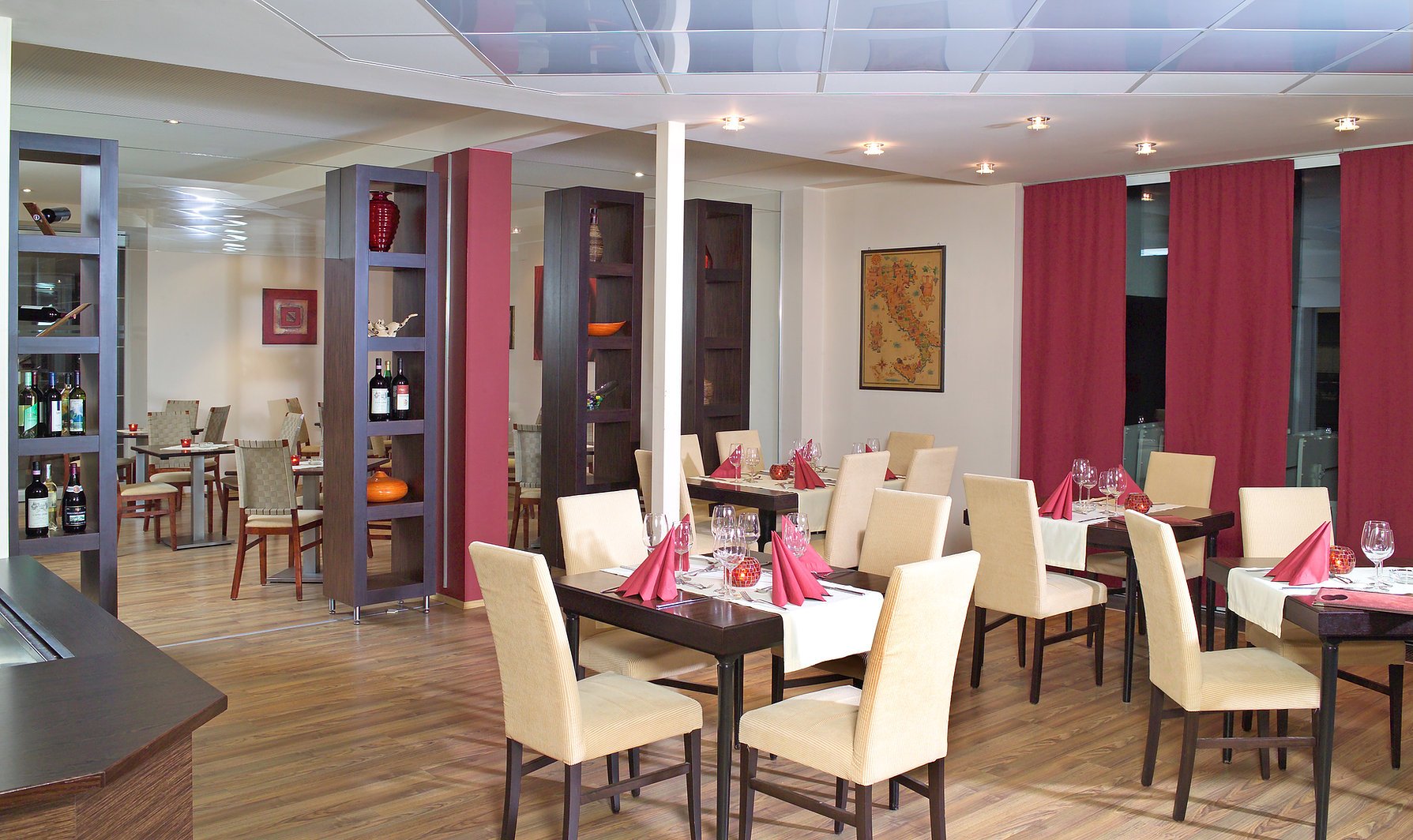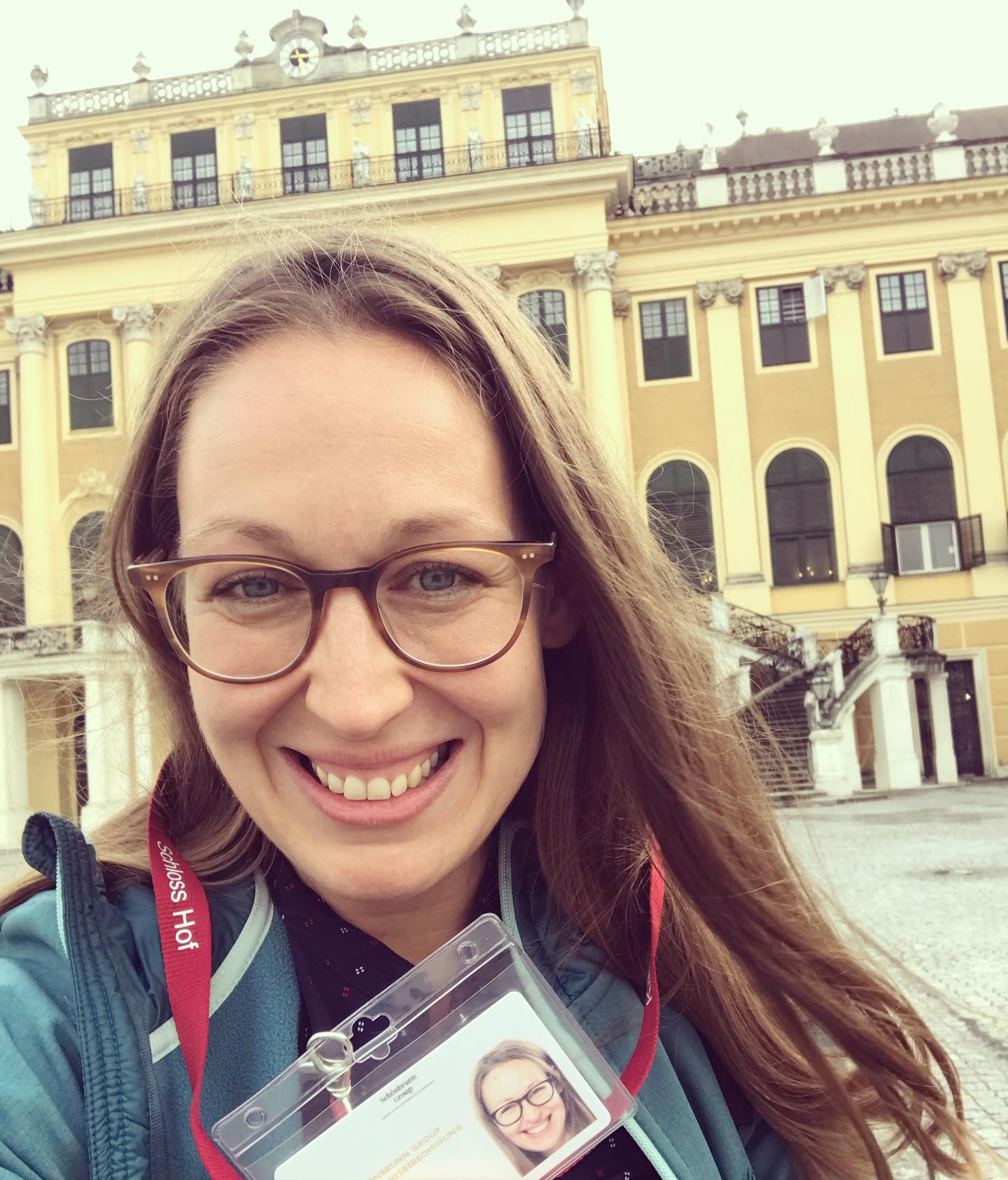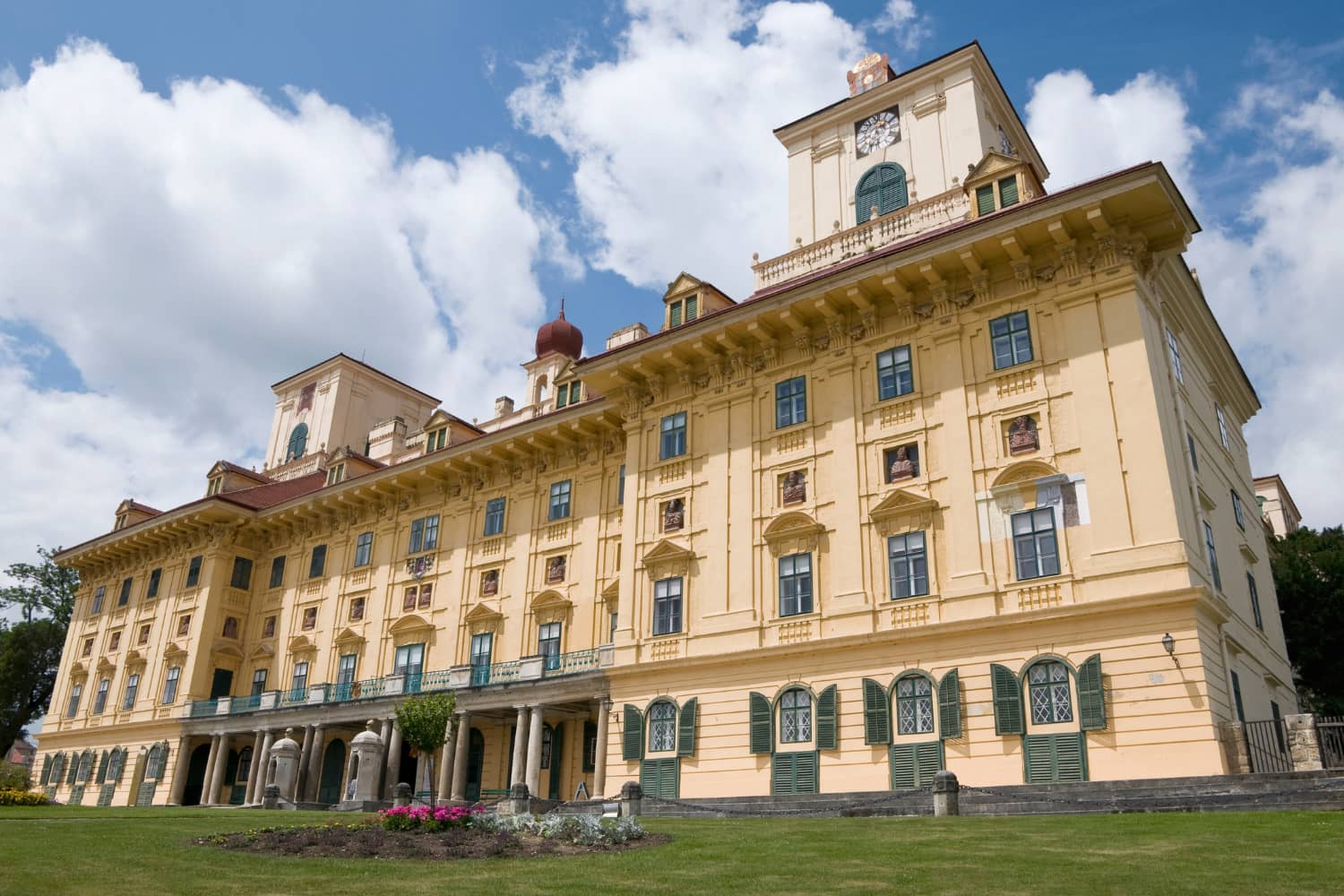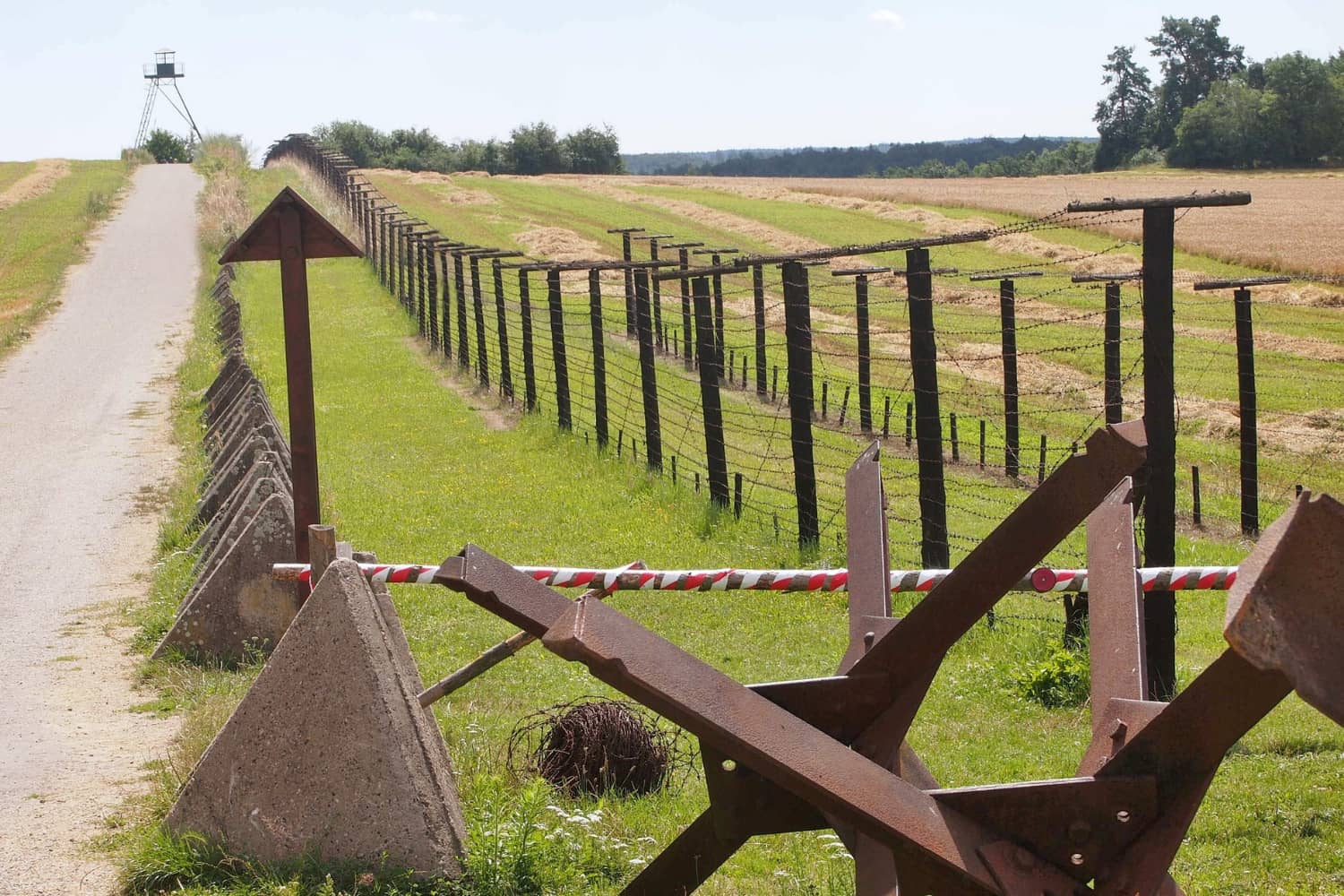No cheap convenience food, no instant soup, everything at Atles Backhaus is fresh and homemade. Many of the dishes are vegan and vegetarian made with lots of fresh vegetables from the region and a menu that changes at least once a month. The historic town house from the 17th century with its elegant façade was renovated in 2016 and redesigned into our well-known day-restaurant Altes Backhaus. In 2018 the upper floor was redesigned with 4 completely new apartments.
Archives: Directory listings
Directory listings
Ruckendorfer
This is a smoking-free restaurant with comfortable and modern atmosphere. The menu consists of elegantly presented and served local foods with friendly staff and excelent service. Though the many is small, it is varied from meat and seafood options to vegetarian options. Ruckendorfer’s also offers a nice selection of wines and beers.
Haydnbräu
The Lehner family and their team wish you a culinary eventful break from everyday stress in our restaurant and hope to be able to do everything possible for your physical well-being.
Would you like a specially brewed beer or glass of wine from our well-stocked cellar? With the meal it might be a master goulash, a tasty schnitzel or a freshly caught fish from the region.
Of course, we also have a great offer of nutritious-conscious. For celebrations such as birthdays, weddings, and Christmas parties, we have private rooms and the necessary equipment. Our staff is happy to assist you with any questions you have.
Sincerely,
The Lehner family and their employees
My Schnitzel
My Schnitzel is a chain restaurant in Austria serving a variety of schnitzel dishes, fries, burgers, and salads.
Hotel Vicedom
At Hotel Vicedom, you will experience Burgenland from its most beautiful side! The beautifully furnished rooms and the rich breakfast buffet will exceed your expectations. With us, Austrian charm meets qualified service. Located right in the old town, Hotel Vicedom is an ideal starting point to reach the sites of Eisenstadt on foot. Whether culture, cuisine or sport – there is a suitable program for all interests. Of course we are happy to help you with your individual leisure activities!
Paul’s Hotel
Paul’s Hotel in Eisenstadt will open in Summer 2022. It boasts 120 high-quality rooms and suites and five in-house rooms with state-of-the-art conference technology and sufficient space for productive conferences, seminars and unforgettable events and weddings. There is a restaurant attached with freshly grilled dishes and international cuisine, as well as a urban-botanical style rooftop bar (the only rooftop bar in Burgenland) with a panorama view of the region. In addition, the hotel includes a spa with a steam bath, sauna, salt room, fitness room and relaxation room.
Parkhotel
The Parkhotel is located in the center of Eisenstadt, in the immediate vicinity of Esterhazy Palace and right next to the pedestrian zone. The family-run hotel combines Austrian charm with contemporary, modern equipment, soothing attention and attentive service.We are hosts out of conviction and our guests are the focus. See for yourself – we look forward to hearing from you.
Tina Lackner
Everything I do, I do it with passion. In order to understand the past, we must analyze it, make it tangible, and bring the past to life.
I grew up in Slovenia, but moved to Austria to study music, and settled down in this beautiful country where I met my husband. We are parents to three sweet children – Jakob, Frida and Greta. Our family loves living in Austria, but we are also thankful to have had an amazing experience living in the United States for several months.
Since 2012, I have enjoyed working for the Esterhazy Foundation. Learning about the historical estate of Dr. Paul V. Esterházy, the last reigning prince led to my passion for sharing Austria’s past. Studying to become a state-certified tour guide allowed me to make that dream a reality.
My goal is to inspire you with the past. Take a walk with me through centuries of Austrian history.
Eisenstadt at First Glance City Walk
If you would like to take a closer look at the city of the great composer Joseph Haydn, this is the perfect tour for you to discover the castle of the Counts of Esterházy and learn more about the life and the work of Joseph Haydn. Also, we will have a look at the famous Jewish quarters of Eisenstadt.
Day trip from Vienna: Fun, Art, Food & Culture
We will leave early morning to explore the most peaceful and relatively unknown part of Austria.
Vienna woods is just a few minutes away and so different. Lets plan some amazing photo-stops and lets walk a little bit around the tranquil area.
After a scenic drive through the southern vine street, we will reach BADEN – former residence city of the Habsburg family. After a coffee break we will continue to Forchtenstein castle.
It is the only fortress in eastern Austria, that was never captured during the Turkish wars. The strong walls served as the treasury of the Esterhazy’s princes, safeguarding all costly and precious possessions. This collection of family treasures and way more, can still be seen there today.
Next stop will be the charming city of Eisenstadt, capital of Burgenland.
Esterházy Palace in Eisenstadt is one of the most beautiful baroque palaces in Austria and presents a fascinating view of the resplendent life once lived at the court of the Princes Esterházy. But the palace is still the hub of the cultural scene today and regularly provides the picturesque backdrop for festivities and social events.
Only a few minutes to recover, because the next sight is a “bloody window to Hungary’s past”.
The iron curtain memorial!!!!!! The end of the soviet empire! See the place where the iron curtain was opened in 1989, even before the wall in Berlin was destroyed.
Burgenland and Hungary share the Neusiedler See, a lake known for its reeds and shallowness, as well as its mild climate throughout the year. The Neusiedler See is Austria’s largest lake, and is a great tourist attraction, bringing ornithologists, sailors, and wind and kite surfers into the region north of the lake.
We will spend the rest of the day at and on the lake. Your personal, private guide, will now be your captain. The boat ride is included – does not have extra costs. Unique experience – explore Lake Neusiedl like a local, together with your captain Peter. Especially for families with KIDS a most entertaining excursion. Bring your sun glasses, sun cream and don’t forget your swimwear.
Enjoy the superior service and the personal atmosphere of this unique private tour to Austrias east and Hungary!
